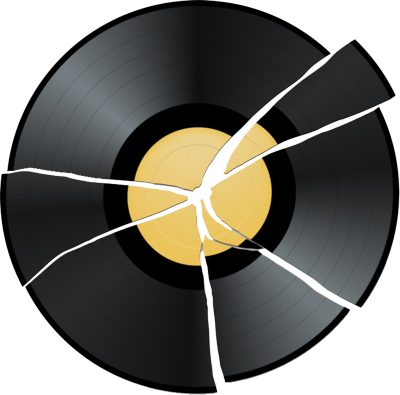okaro said:
unfocused said:
Because statements like the following are misleading:
ecka said:
Do you realize that your 11-200 M glass is equivalent to 18-320 F5.6-10 FF?
The clear implication (and when placed in context with your other statements, it affirms this) is that placing a lens on a crop sensor camera will somehow magically reduce its effective aperture. And that is simply not true and misleading.
It is just as misleading as to say that it changes the focal length. Yet the equivalent focal lengths are widely used especially in relation to fixed lens cameras. The equivalent aperture is no different. Many people do no seem to get the term "equivalent".
I'll respond to you, because it sounds like you sincerely want to have an intelligent discussion, as opposed to others.
Yes, it is misleading to say that it changes the focal length. But, it is much easier for people to understand the term equivalent when used with focal length. It's very straightforward math. An APS-C (Canon) camera crops a full frame image to the equivalent to what the image would look like if you used a full-frame camera in the same position and cropped it down. Multiply your focal length by 1.6 to get the equivalent. Very easy to understand.
okaro said:
unfocused said:
If you wish to say that an identical framing of an image using a crop sensor camera and a full frame camera will result in differences in depth of field because you have to shoot from a different position and that changes the relationship between the foreground and background, thus changing the depth of field – that would be a true statement. It has nothing to do with sensor size, and everything to do with where the photographer is standing.
You cannot get similar framing if you shoot at a different position. The background will be different. You need to reduce the focal length. This increases the depth of field. To compensate this you need to open up the aperture. This increases the light so to compensate you need to drop the ISO. The factor for the two first is 1.6 and for the ISO 1.6^2 i.e 2.56. You can get relatively close if you just open up one fstop and cut ISO by half (makes more intuitive).
A 50 mm f/1.8 on a crop behaves like 80 mm f/2.8 on FF. You can do exactly same as long as you do not go below ISO 250 on the FF.
Yes, of course. In fact, your example illustrates the difficulty of trying to achieve equivalent depth of field. Unlike focal length, as a practical matter you have to introduce additional elements, such as -- as you correctly state -- the distance to subject. This is why I object to people flippantly using equivalence when discussing depth of field or aperture. Most people -- as least most rational people -- think of the f stop as one of three elements controlling the intensity of the light that hits the film or sensor. (Time and ISO being the other two).
For the average person, depth of field is generally a secondary consideration. If I am shooting a soccer match, I need to set my shutter speed to stop the action. Only after setting that shutter speed will I worry about fstop and ISO. If the lighting is poor, I may need to boost my ISO. If the lighting is good, I will set a moderate ISO and then try to get an fstop that will give me a little more leeway in focus, but only after setting the shutter speed high enough to stop the action.
The problem, and my objection, is because it is far too easy to confuse people when you talk about equivalency in fstops. That is because the primary function of an fstop (controlling exposure) is fixed across all formats. A lens set at f8 is f8 no matter what the lens, focal length or sensor size may be.
So, when someone says a lens on a crop sensor camera set at f4 is "equivalent" to a lens at f5.6 on a full frame camera, the vast majority of people equate that with the exposure. Which is just plain wrong, grossly misleading and unnecessarily confusing. In my experience, people who do this are, too often, trying to show off their supposed technical superiority, instead of trying to be helpful to those with less understanding or experience.
That was precisely my objection to the original statement.
okaro said:
Your problem seems that you cannot think these in an abstract way. You have an idea that you want to shoot something an you have a lens and then you think different bodies. This is a pretty natural for a photographer to think so. Yet the formulas used to calculate the depth of field do not care of what you intend to shoot. They object just is not in them.
That's more than a little condescending and offensive, but I will let it slide. Perhaps English is not your first language and I certainly admire anyone who can write in a non-native language.
Your final statement is correct: the formulas do not care what you intend to shoot. In fact, that affirms exactly what I said. Two cameras: identical shooting positions, identical lenses, identical settings. Once cropped to identical framing, the depth of field does not vary.

